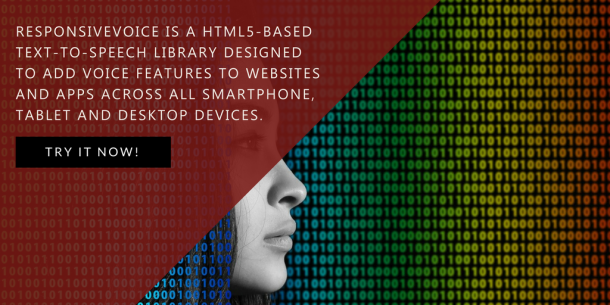September 8, 2016 marked the 50th year of International Literacy Day which was proclaimed in 1966 by the General Conference of UNESCO and the theme for this year is “Reading the Past, Writing the Future”. This year is a celebration of the global engagement and progress made to eradicate illiteracy over the past five decades. At the same time, it recognizes the challenges and looking for ways to further increase literacy.
According to UNESCO, literacy is a fundamental human right and the foundation for lifelong learning. Its multiplier effect helps solve a lot of society problems such as poverty, child mortality, rapid population growth and gender equality. At the other end of the scale is illiteracy can hinder better quality of life and even foster violence and separatism.
To quote Forest Whitaker, actor, director and UNESCO Special Envoy, “It’s impossible for us to make progress in reducing inequality, encouraging responsible consumption, or ensuring everyone lives healthy lives if people are not able to educate themselves. I see universal literacy as a starting point for advancing the entire sustainable agenda.”
UNESCO’s efforts towards literacy have evolved with the times by taking advantage of the advances in technology. Text-to-speech is one assistive technology that can help improve literacy as evidenced by a research conducted by professors of the University of Hawaii. The study concluded that the use of TTS software with content reading materials improved reading performance of students with reading difficulties and disabilities.
ResponsiveVoice is a text-to-speech software which educators can use to improve literacy of student. While it cannot replace direct intervention, ResponsiveVoice can be used to overcome learning disabilities like dyslexia. The technology allows text to be spoken by a computer-synthesized voice. It allows struggling readers opportunities to develop their comprehension and make meaning out of the words they hear.
Helpful as it may be, text-to-speech as an assistive technology for struggling readers or those with learning disabilities might not be acceptable to others. Peers and their parents, even teachers, might consider this as giving an unfair advantage to these learners. However, these students have problems processing information the traditional way. It takes them time to decode the word, thus comprehension is delayed. Studies show that when students find it difficult to read and learn texts through conventional methods, they get frustrated and tend to withdraw from text. Eventually, they stop reading which is crucial to the acquisition of knowledge and literacy. Assistive technology like ResponsiveVoice can be an alternative solution to this problem, not a tool giving them unfair advantage. Without this option, struggling readers will be denied access to words and their meanings. Their literacy will be at risk.
The question is: Why aren’t there enough movements that promote the advantages of a highly effective text-to-speech technology to help those who can’t learn using traditional methods thereby helping eradicate literacy?



